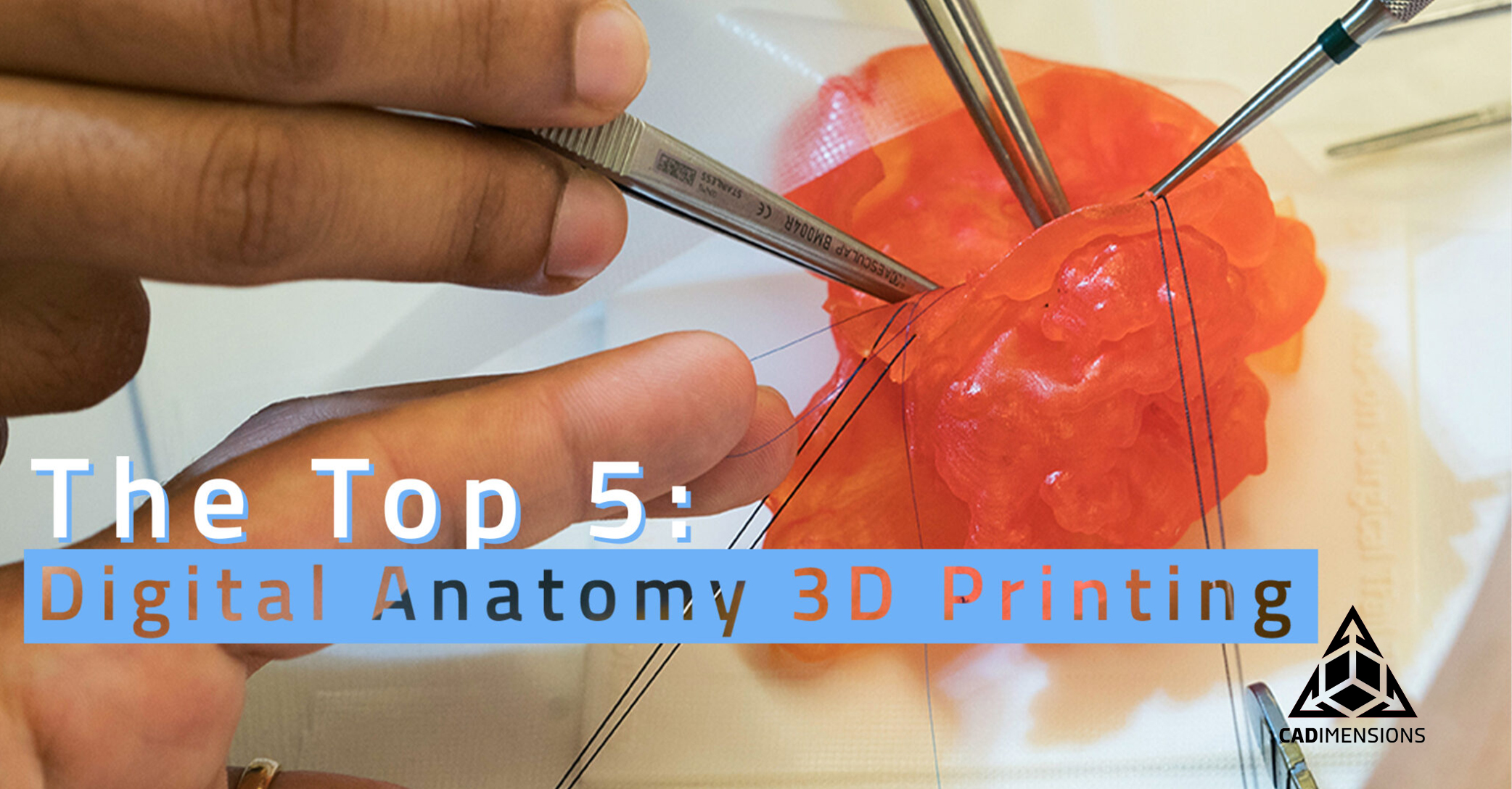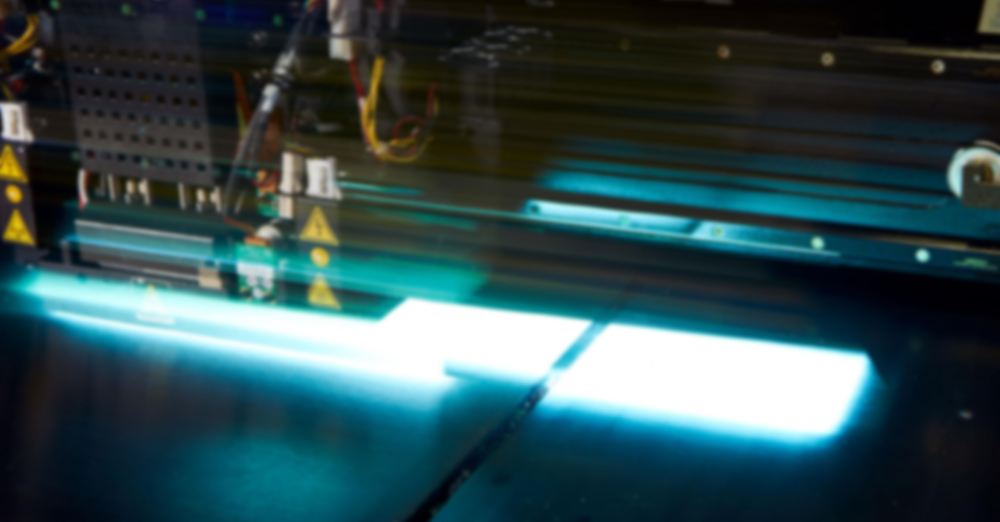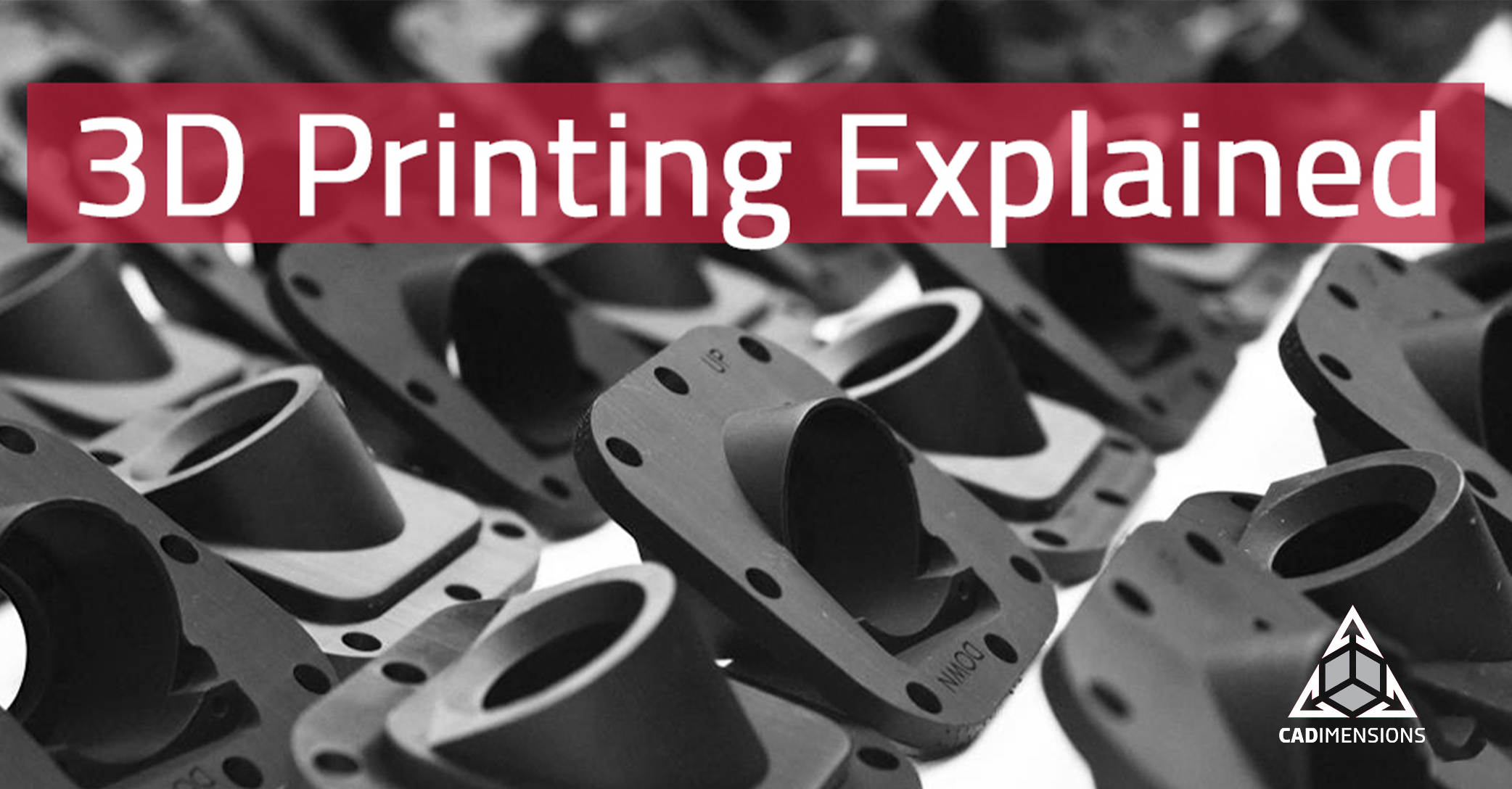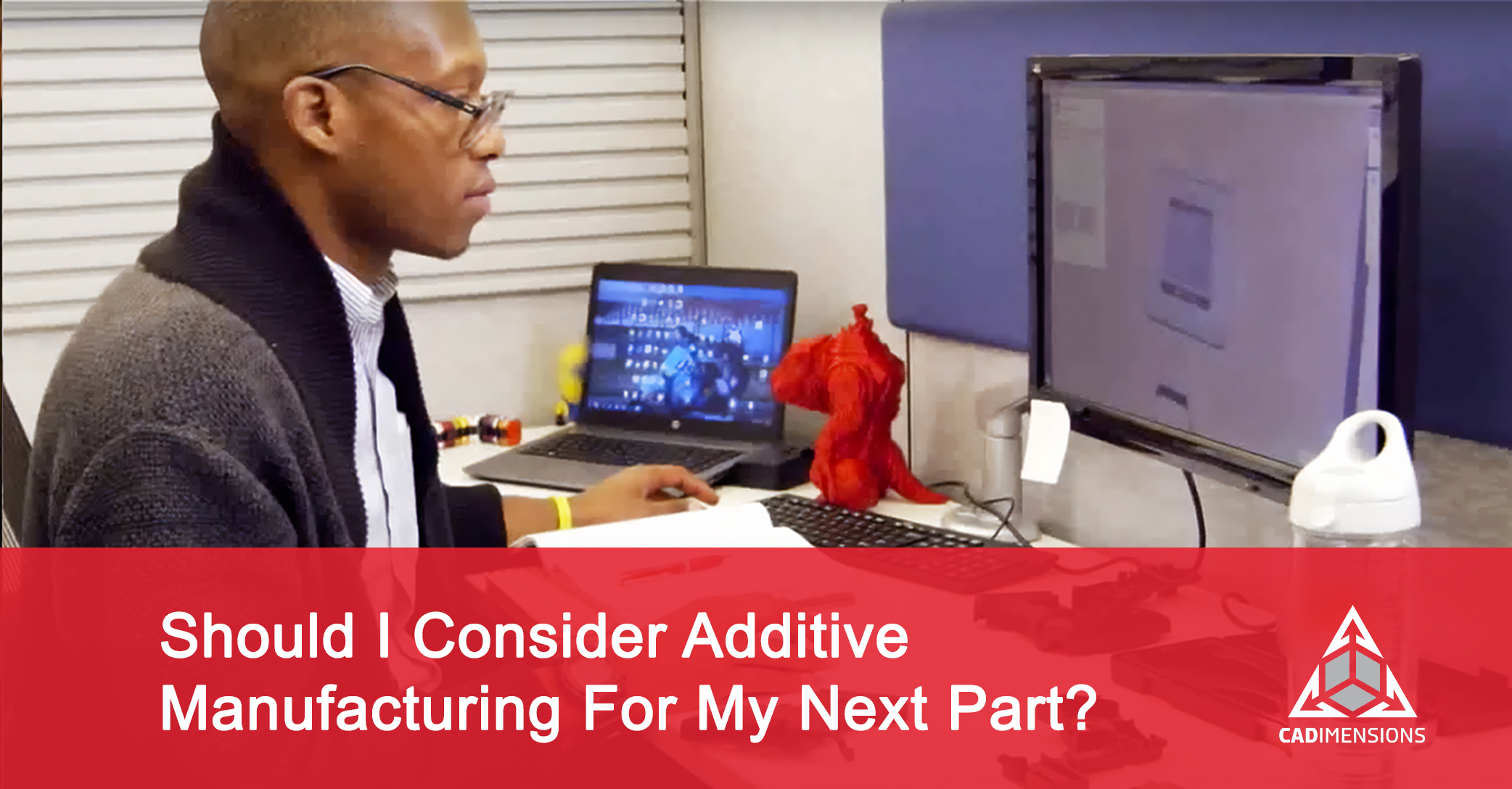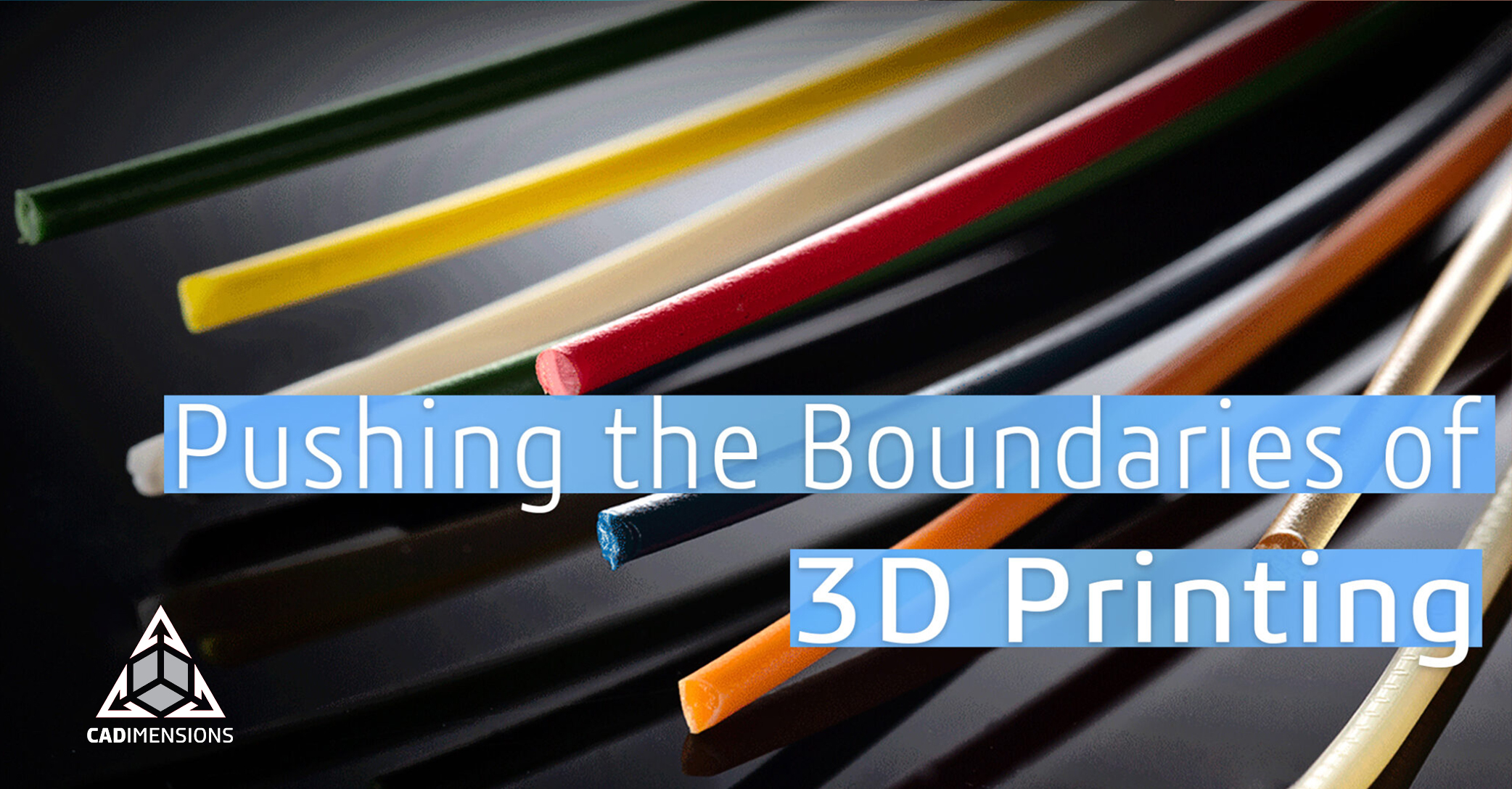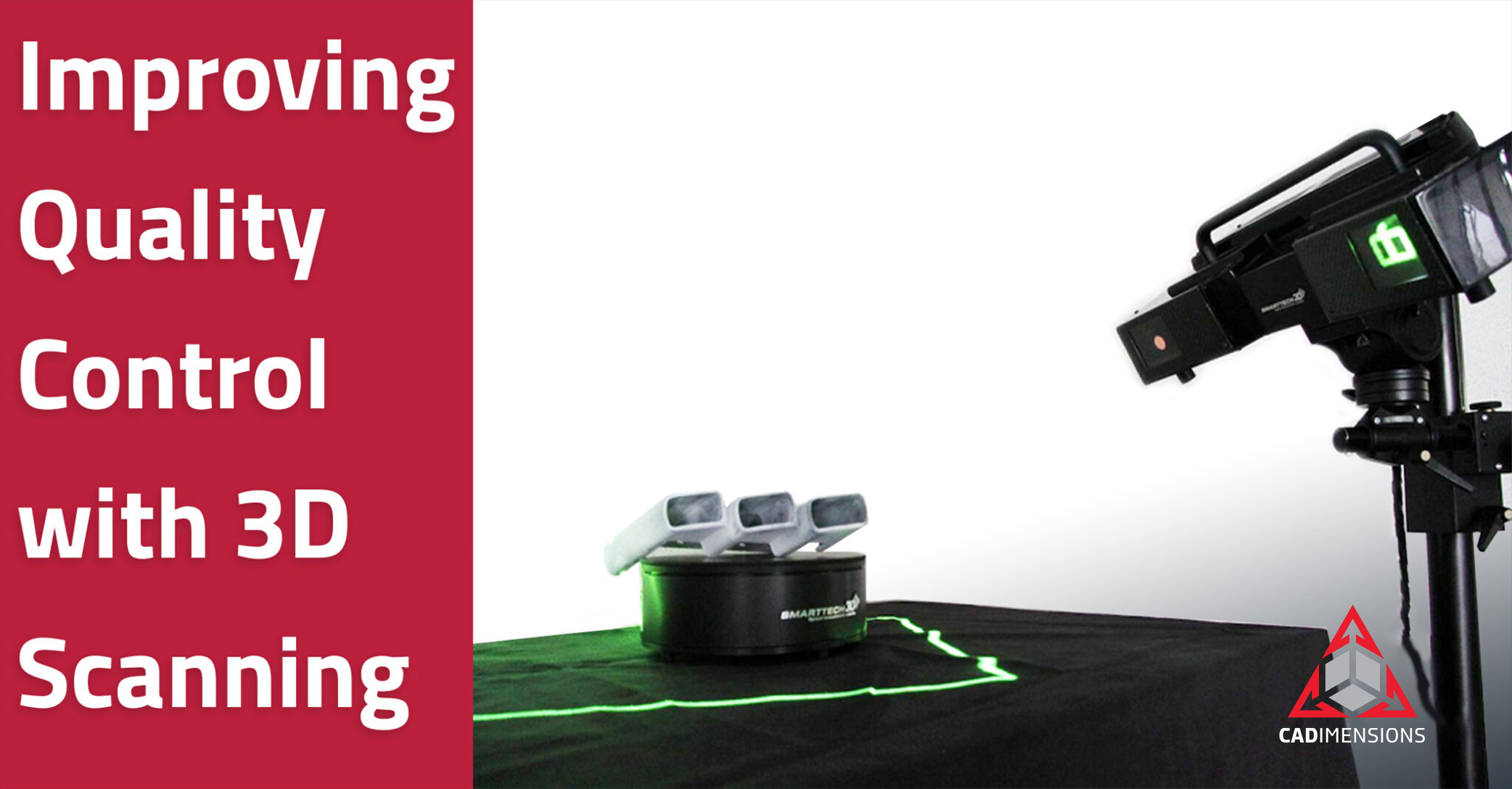5 Facts About Digital Anatomy 3D Printing
3D printing in medicine has seen a great deal of maturation in a very short period of time. Advancements in machines, materials, and software, has allowed for FDA approved use. According to Pete Basiliere of Gartner, “By 2021, 25% of surgeons will practice on 3D printed models of the patient prior to surgery”. The new Stratasys Digital Anatomy Printer is opening new doors in medicine. Here are 5 ways the new digital anatomy printer is being used.
1. Digital Anatomy Printing allows surgeons and students to train outside the OR
It is too expensive and risky to train in the O.R. Pressure is raising on surgeons to improve patient safety. Training fellows outside the operating room is also a growing concern. 3D printed anatomy models avoid risking patient safety by allowing surgeons to practice outside the OR. Enabling them to make mistakes and become an expert before seeing a patient.
2. It’s Replacing Cadaver Models Which Rarely Represent the Targeted Pathology
Cadaver models are expensive to get, keep, and dispose of. You can’t usually get the exact anatomy you want or need. Anatomy 3D printing utilizes 3D imaging data to recreate exact desired pathology. This allows for ultra-realistic anatomical simulation and bio-mechanical realism. All for up to 70% less than traditional solutions.
3. Digital Anatomy Printing is Providing Feedback CT and MRI Imaging Can Not
CT and MRI images are excellent tools, but they don’t give surgeons all the information they may need. Physical models provide tactile feel and realistic instrument usage. This helps inform the surgeon of best possible procedure to use.
4. 3D Printing Eliminates the use of Animal Models
The use of animals for research comes with significant ethical concerns and social pressure. Big name companies like J&J have announced they will no longer use animal models in training. Medical schools in Canada, the United Kingdom, and the United States no longer use animals to teach surgical skills. 3D printing provides high realism while protecting company reputations.
5. It Provides Better Hands-On Sales Demonstrations
When surgeons choose their tools they test them on models or cadavers. Hands-on demonstrations in the field are crucial to promoting new devices. Printed anatomy models provide the exact pathology the device is intended for. This means device manufacturers stay ahead of the market without compromising confidentiality.
